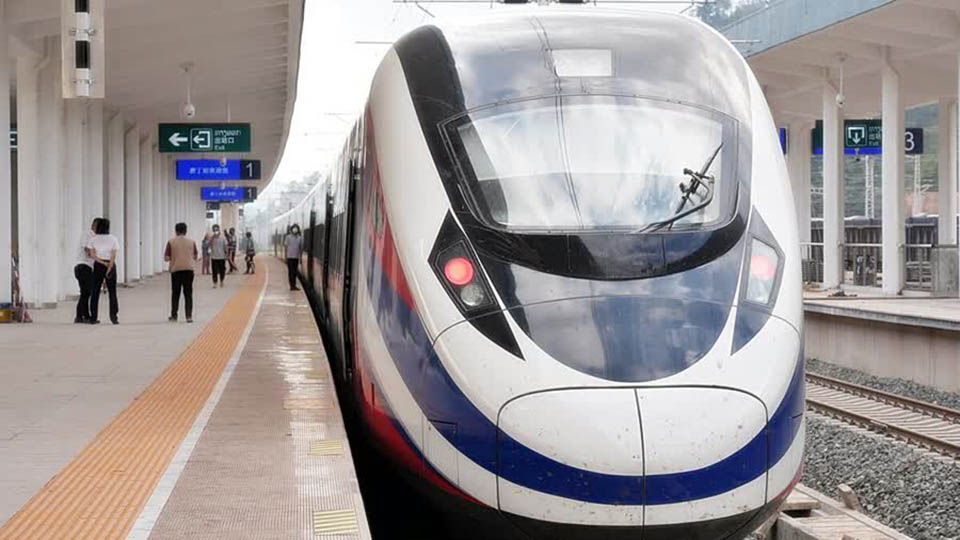
Minister of Commerce Jurin Laksanawisit commented during his visit to the customs checkpoint at the Thai-Laos Friendship Bridge in Nong Khai province that Thailand is set to negotiate with the Lao and Chinese governments for logistic and freight transport.
He also met the northeastern business sector and representatives of the Thai Chamber of Commerce and talked about the government’s plan to use the logistics system to boost fresh fruit exports as well as border trade between Thailand, Laos, and China.
Minister Jurin said the ministry has also been working on increasing border trade between Thailand and Laos to reduce the impact of the Laos – China high-speed train project that may pose a threat to Thailand – Laos trade.
According to statistics in 2021, Thailand – Laos border trade volume was almost 200 billion baht, an increase from the year 2020 by 12.58%. In 2021, Thailand’s exports accounted for 112.437 billion baht, a 20.13% increase from 2020, resulting in a trade surplus worth 31 billion baht.
Currently, China allows the train to transport only goods related to ore, rubber, and cassava. However, Minister Jurin pledged to negotiate with the Chinese government for more products such as Thai fruits that will be harvested between March and May this year.
Considering transportations, in late December 2021, the Thai government established a working panel, proposed by the Ministry of Transport, responsible for coordinating with transport authorities in Laos on building a railway linking Thailand and Laos.
Thailand’s high-speed railway project will link Thailand’s rail system with the Laos-China Railway, which connects Kunming in Yunnan province of China with Vientiane, Laos’ capital city.
This project comprises 3 phases: the Bangkok – Nakhon Ratchasima section covering 253 kilometers, the Nakhon Ratchasima – Nong Khai section covering 356 kilometers, and the Nong Khai – Vientiane section covering 16 kilometers.
Meanwhile, the Director of the Center for International Trade Studies at the University of the Thai Chamber of Commerce, Dr. Aat Pisanwanich, recently warned that the Thailand high-speed railway may cause an influx of Chinese imports such as fresh fruit, vegetables, and others, resulting in a higher trade deficit with China.
Instead, Aat proposed that Thailand speed up its construction of infrastructures such as distribution centers, dry ports, or a second bridge linking Nong Khai and Laos.
He also suggested the government have a traceability system for agricultural export products to build up consumer confidence. (NNT)
 |
 |
 |





